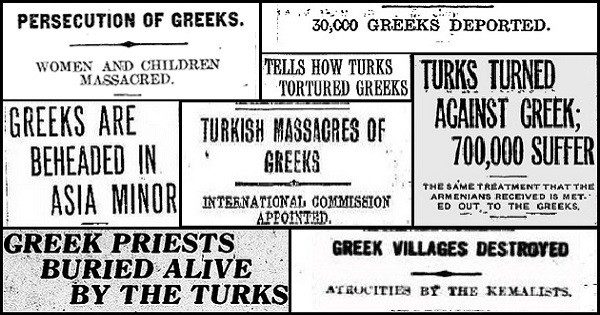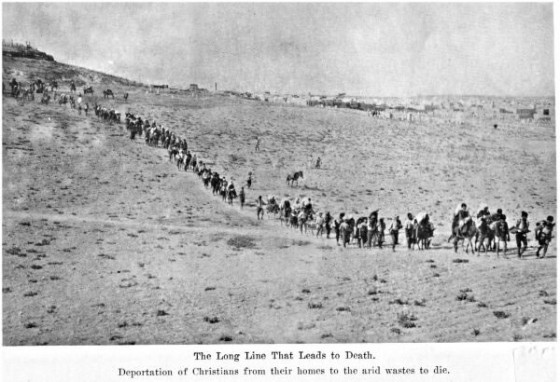A flag of genocide-perpetrator Mustafa Kemal Atatürk was hoisted on Monday afternoon by a sailing boat docked in the port of Mytilene.
The Port Authority of Mytilene immediately intervened as officers went to the spot and asked the crew of the boat to immediately lower this flag as it is not provided in the rules of navigation.

There is now only one Greek flag on the boat.

Nikos Tallas, President of LOIATH (Lesvian Offshore Sailing Club) in his post, praised the immediate intervention of the Coast Guard:
"A big thumbs up to the Coast Guard of Mytilene whose eyes are not only open on the sea but also on land," he said.
"A Turkish tourist boat docked in the port of Mytilene had hoisted on its sail Kemal.
"The port authority immediately intervened and the flag with the image of Kemal was lowered, which is not provided for in the navigation rules.
"Well done again to the people of the port who do not miss anything."

Mustafa Kemal Atatürk, the founder of the modern Turkish Republic, is remembered by Greeks, Armenians and Assyrians as one of the main perpetrators of genocide against Christian minorities in the Ottoman Empire that led to the systematic extermination of around 3.5 million people.
With about a million Greeks exterminated on policies made by Atatürk and his predecessors, more than 1.2 million Greeks were forcibly removed from Turkey in 1923-1924 as a result of the the Treaty of Lausanne, decimating thousands of years of Greek life in Asia Minor, Pontus and Eastern Thrace.
In the midst of the Greco-Turkish war, endless accounts by foreign diplomats, Christian missionaries, survivor testimonies, journalists and many others chronicled the massacres perpetrated by Atatürk’s followers, known as the Kemalists, against the Christian minority in a mad drive to create a “Turkey for the Turks.”
One such account was by Mark Hopkins Ward, an American physician working at the American Hospital in Western Armenia, today’s Eastern Turkey, in the town of Kharpert (Խարբերդ).
Ward wrote that “The Kemalists pursued with vigor their considered and systematic campaign for the extermination of the Greek minority in Asia Minor, which was attended with the same incredible brutality as marked the Turkish massacre of 1,000,000 Armenians in the early part of the Great War [World War I].”

Dr. Ernst von Kwiatkowski, an Austro-Hungarian consul in Pontus, informed the Austrian Foreign Minister István Burián on November 30, 1916 that an Ottoman administrator told him “We must now finish with the Greeks. I sent today battalions to the outskirts to kill every Greek they meet on the road” and that “We must at last do with the Greeks as we did with the Armenians.”
Alfred E. Brady of Texas and a member of the American Smyrna Disaster Committee, stated in 1922 “Although the majority of Greek and Armenian civilian men in Asia Minor have been deported into Angora, into what is tantamount to slavery, and the majority of women and children exiled, the Turks’ campaign of massacre and terror continues, as the last surviving Christian communities are wiped out one by one.”
Later in life, Atatürk attempted to distance himself from the genocide and in 1926 during an interview with Swiss journalist Emile Hilderbrand, said that he is now punishing the perpetrators of the genocide.

“These left-overs from the former Young Turkey Party, who should have been made to account for the lives of millions of our Christian subjects who were ruthlessly driven en masse, from their homes and massacred, have been restive under the Republican rule,” he said in the Los Angeles Examiner.
Rather, Atatürk was executing his political rivals that emerged and used the genocide as a reason for their killings, without a sense of irony that the genocide took place under his orders and command.
READ MORE: Malnutrition in Turkey explodes as Erdoğan escalates war rhetoric against Greece.


